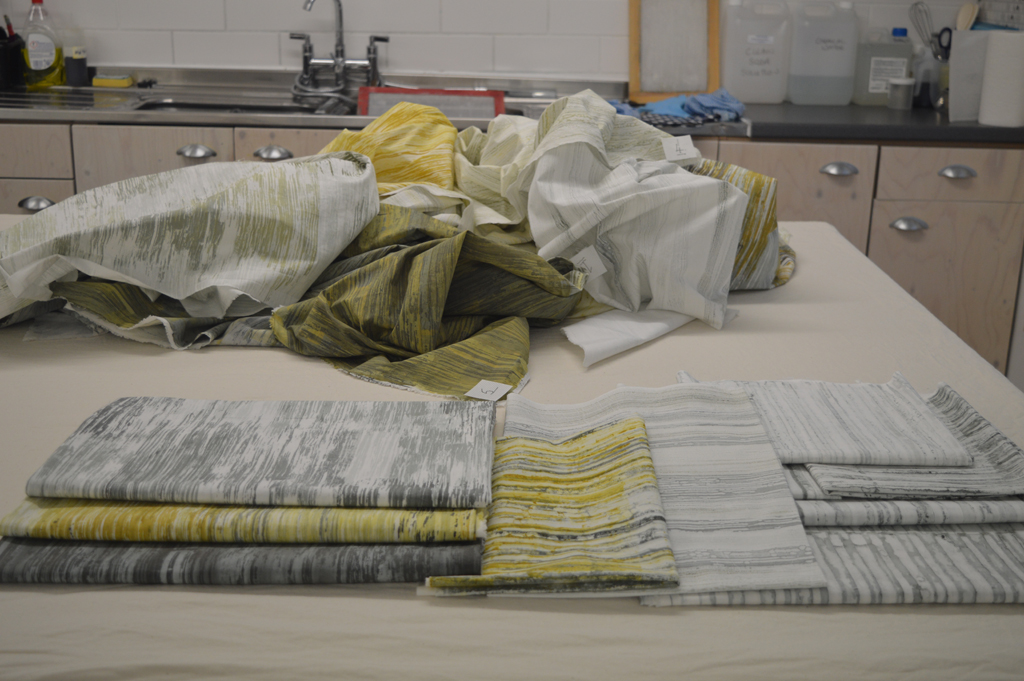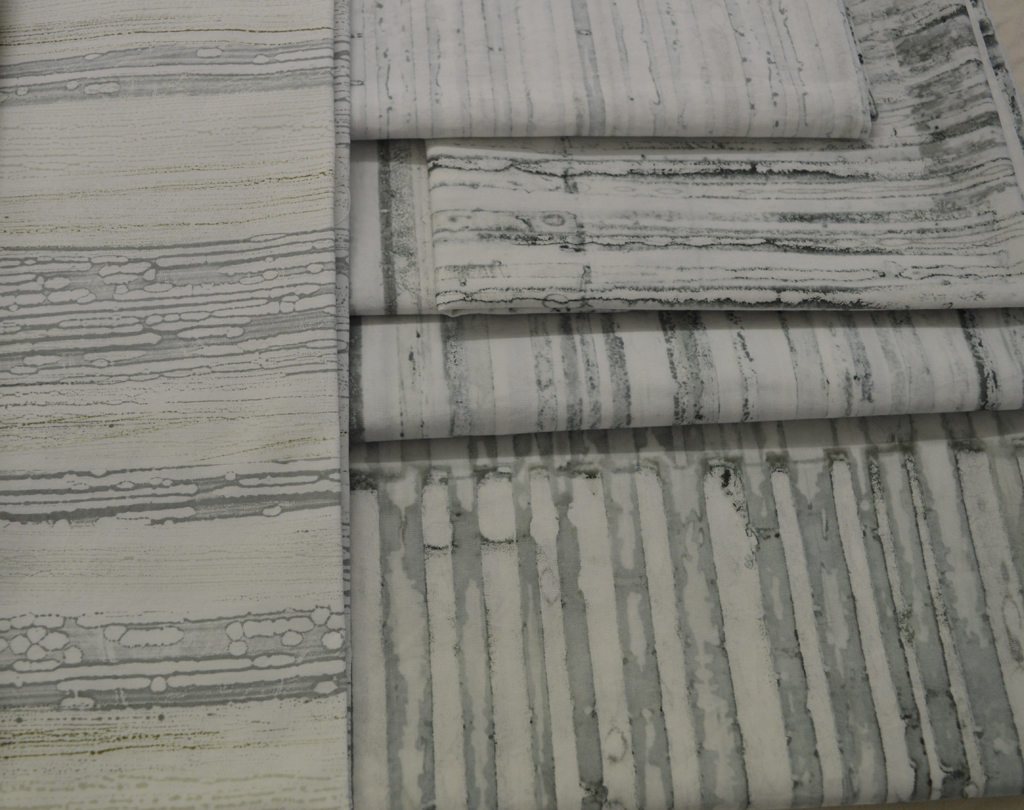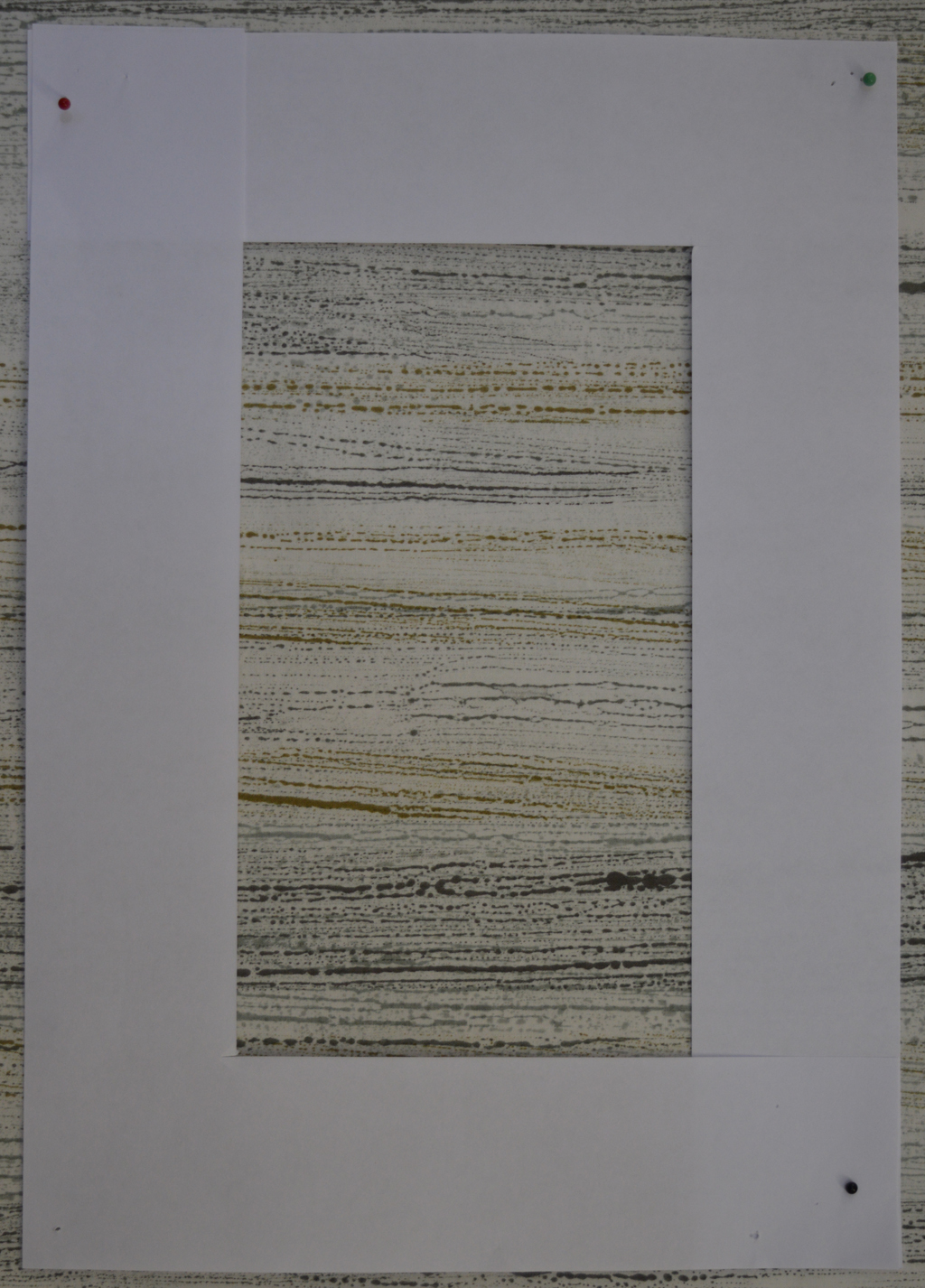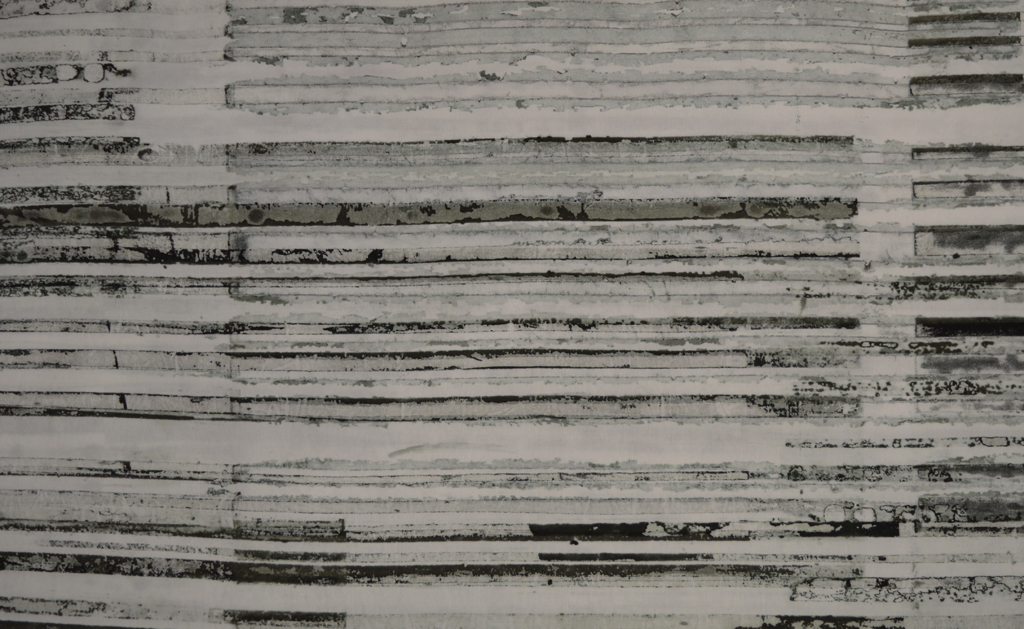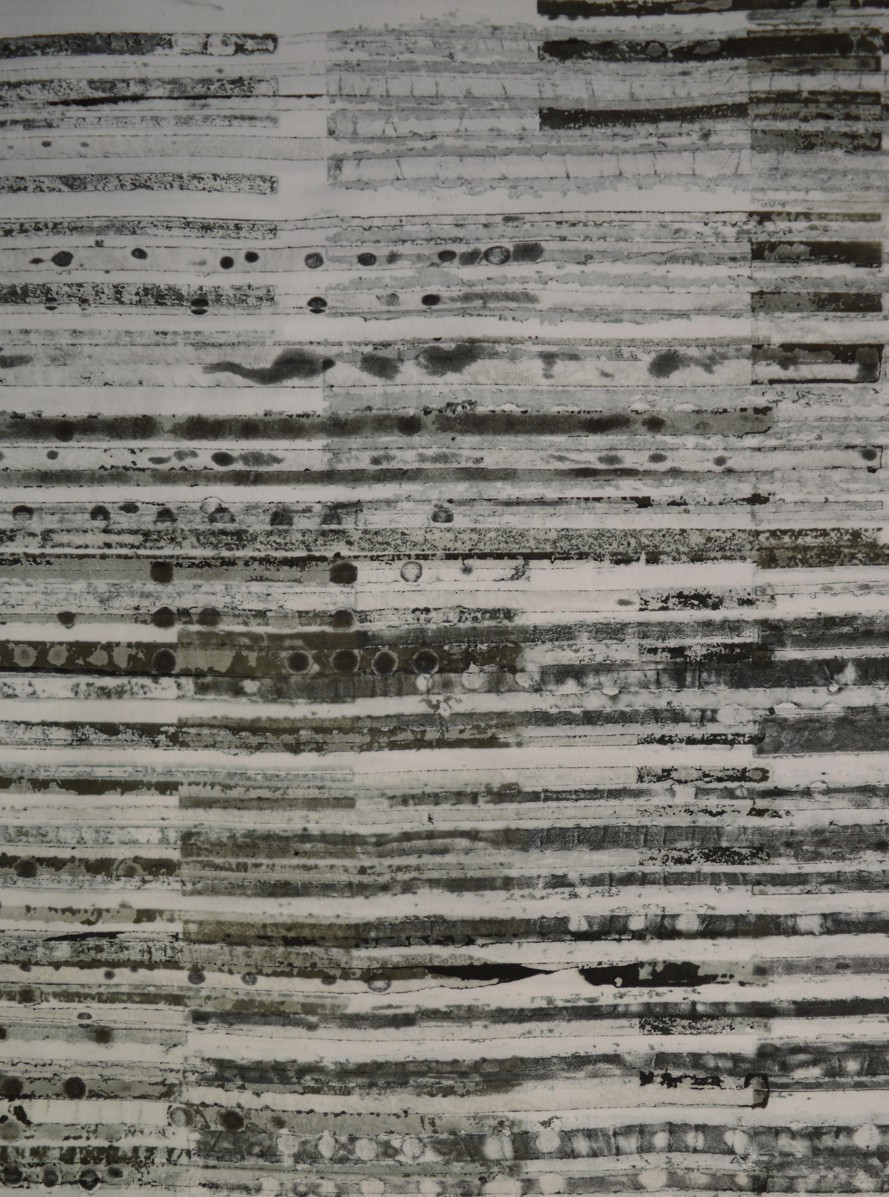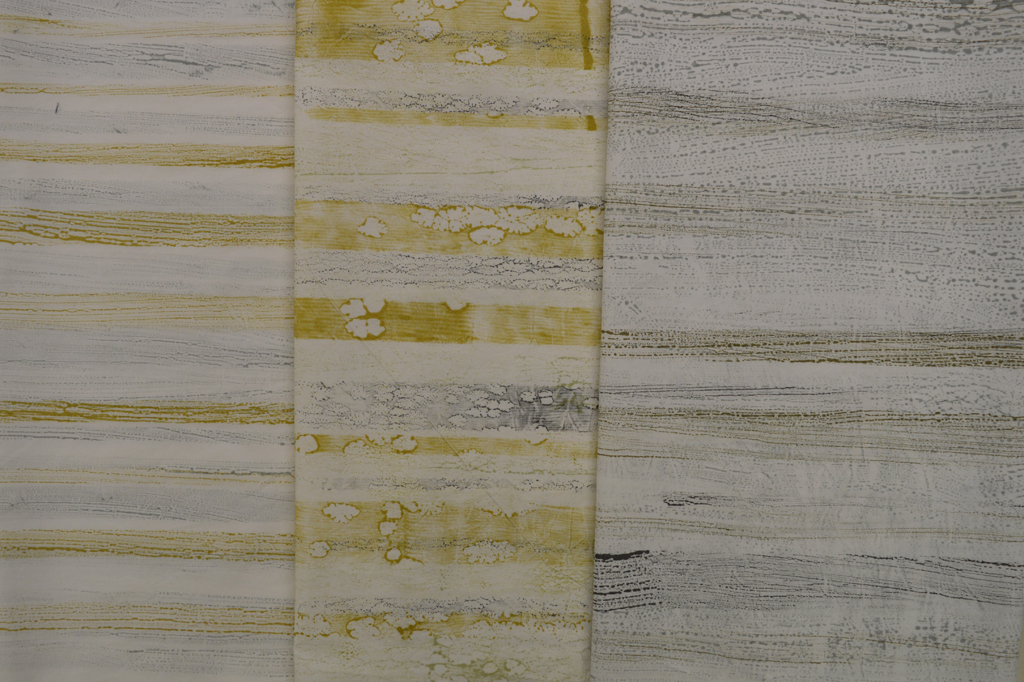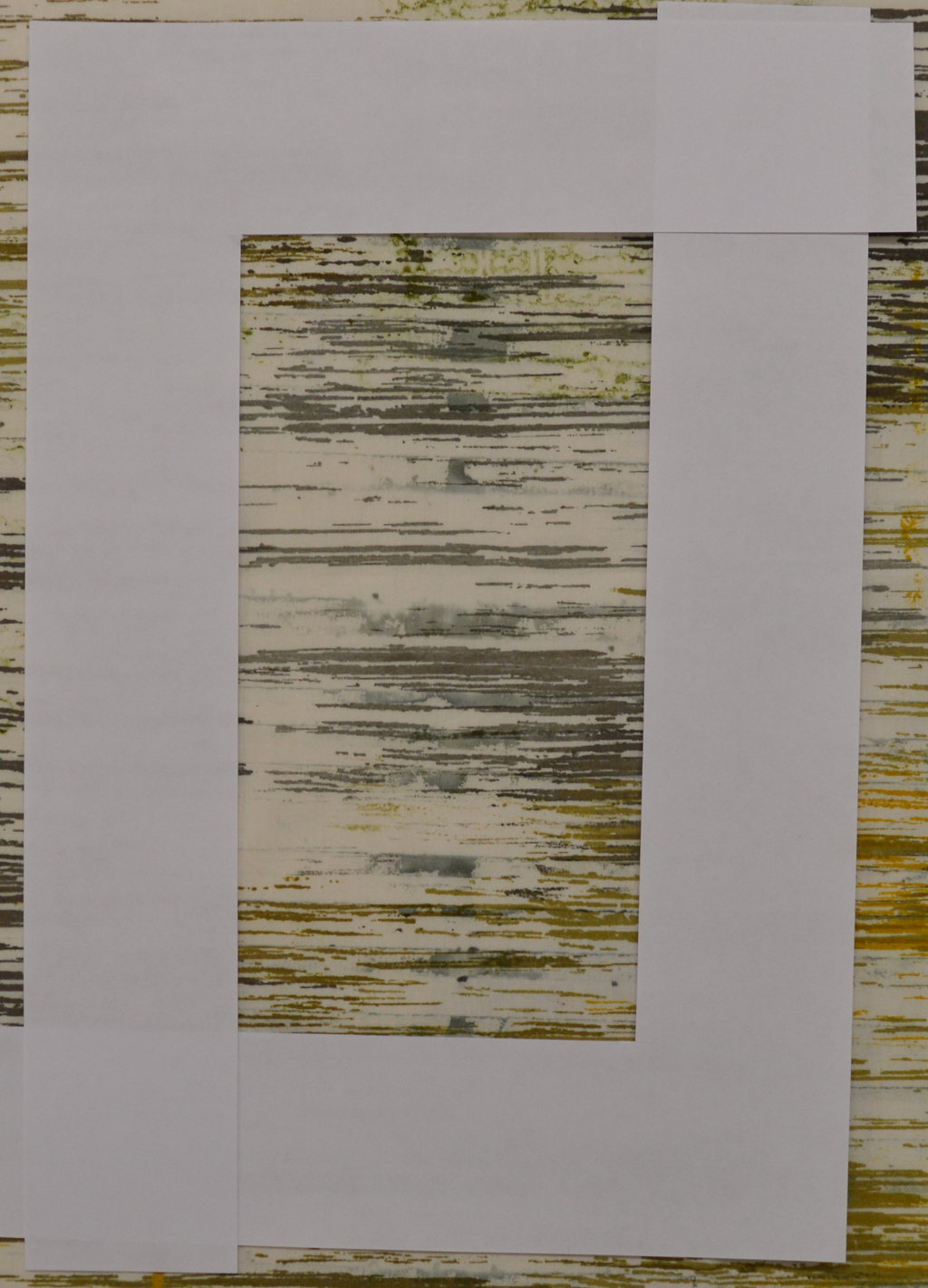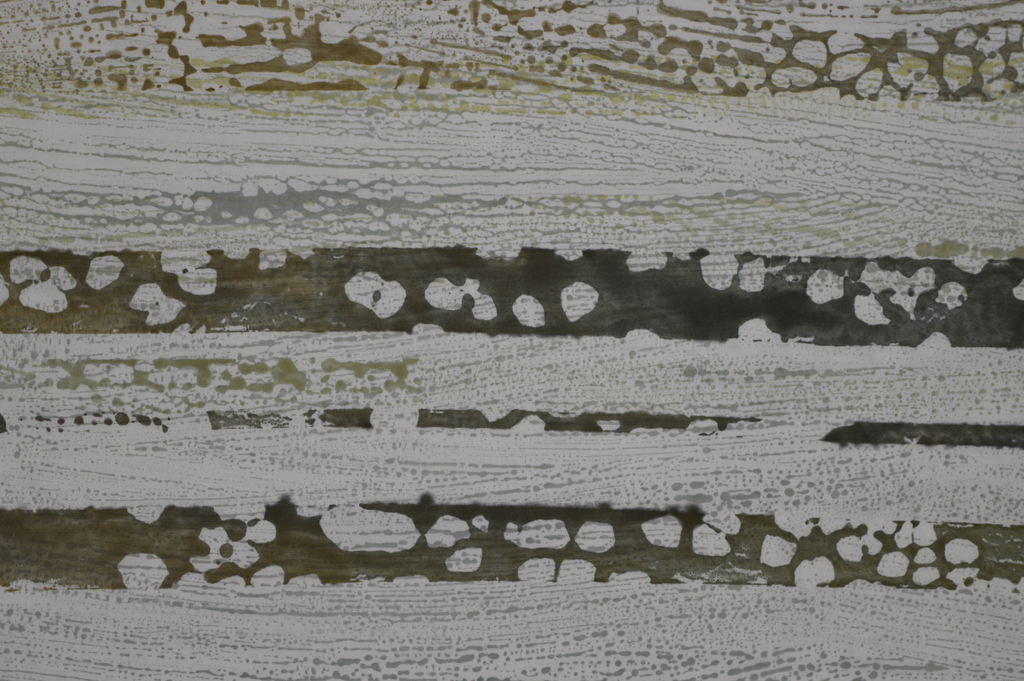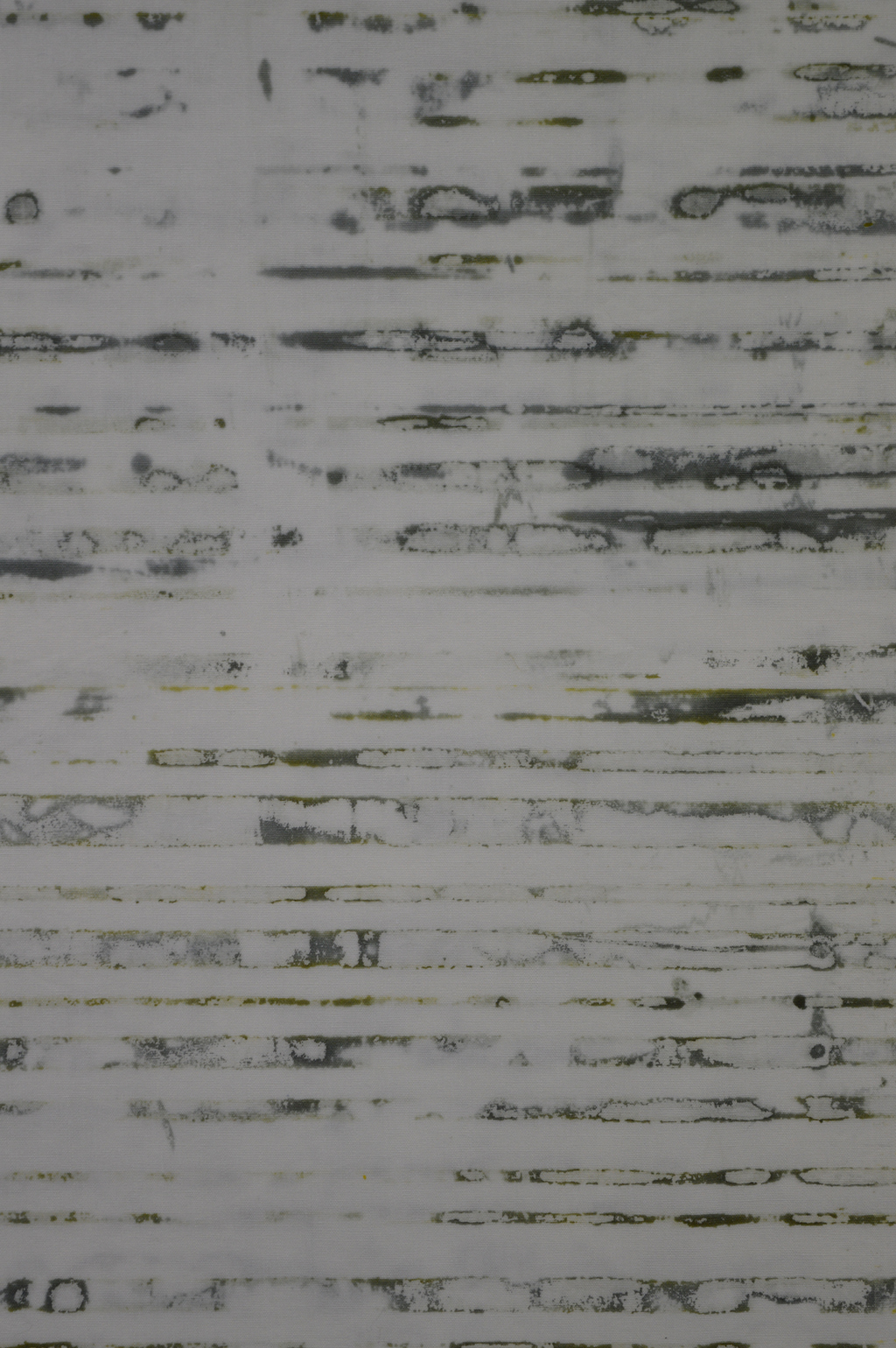I have now completed 80 days of my 100 week day challenge and have created 52 small pieces of art. (Go Leah!!). They range in size from 8 x 8 inches to 12 x 30 inches and all can be described as quilts. Each has 2 layers held together by stitch (and bondaweb). They can definitely be called 'textile' art.
I am going to spend the last 20 days of the challenge creating small pieces using the breakdown / monoprint process that I have been experimenting with. I'm not sure about the size yet or how I will present the finished pieces. Nor have I decided whether to add stitch yet. I've been sampling different ideas and I am not sure if the individual prints look better with or without stitch.
Not adding stitch is pretty radical for me. And it makes me wonder whether 'just' printing onto textile is enough to call it textile art? Artists who paint onto canvas are not called textile artists even though canvas is a textile. So if I don't add stitch to some of my work what should I call myself?


 It will come as no surprise when I say that 95%+ of the textiles I use in my work are created using breakdown printing. Sometimes I include dyed pieces, sometimes I add a layer of print using thermofax but breakdown is my love.
It will come as no surprise when I say that 95%+ of the textiles I use in my work are created using breakdown printing. Sometimes I include dyed pieces, sometimes I add a layer of print using thermofax but breakdown is my love.


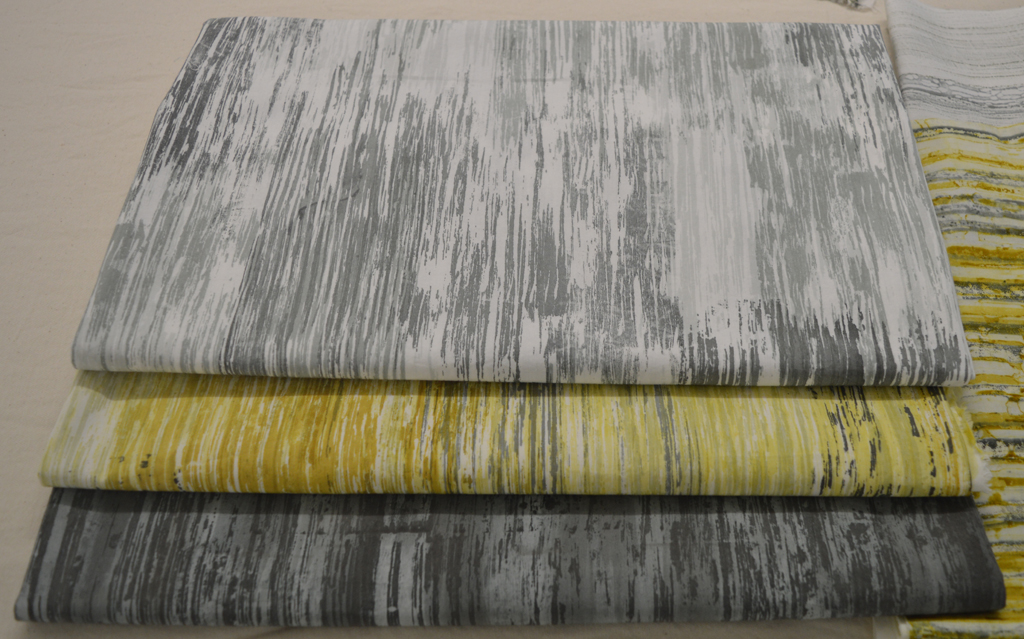 I've spent the last couple of weeks at the bench printing fabrics. I love it! It is a little bit like a merry-go-round, once you're on it is difficult to stop. But stopping and assessing is really important so yesterday I cleaned, tidied and finished rinsing out and ironing the fabrics. This morning I looked at what I had printed. I used the samples that I have been stitching to help and used the trick of framing small sections. I have printed approximately 18 square metres of fabric. About half is 'perfect' and so will be put through a final machine wash to make them ready for use. The other half need additional work. Some just need a few lines adding but some need some serious intervention! (And, being honest, a couple probably need throwing in the bin!). These will all be soda soaked again and hopefully printed over the next week. So lots more fun at the bench!
I've spent the last couple of weeks at the bench printing fabrics. I love it! It is a little bit like a merry-go-round, once you're on it is difficult to stop. But stopping and assessing is really important so yesterday I cleaned, tidied and finished rinsing out and ironing the fabrics. This morning I looked at what I had printed. I used the samples that I have been stitching to help and used the trick of framing small sections. I have printed approximately 18 square metres of fabric. About half is 'perfect' and so will be put through a final machine wash to make them ready for use. The other half need additional work. Some just need a few lines adding but some need some serious intervention! (And, being honest, a couple probably need throwing in the bin!). These will all be soda soaked again and hopefully printed over the next week. So lots more fun at the bench!